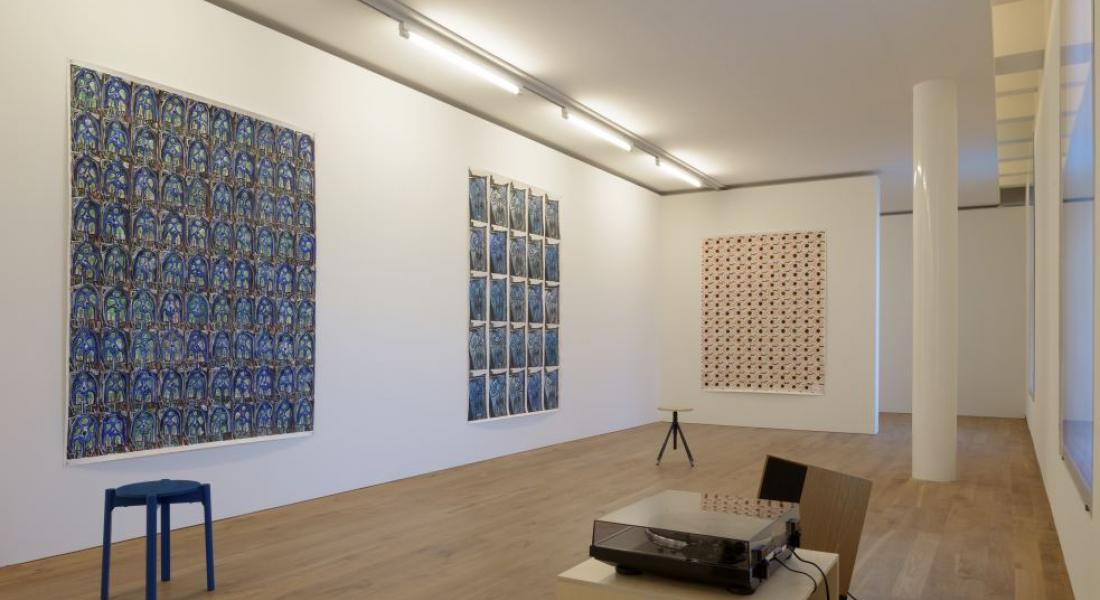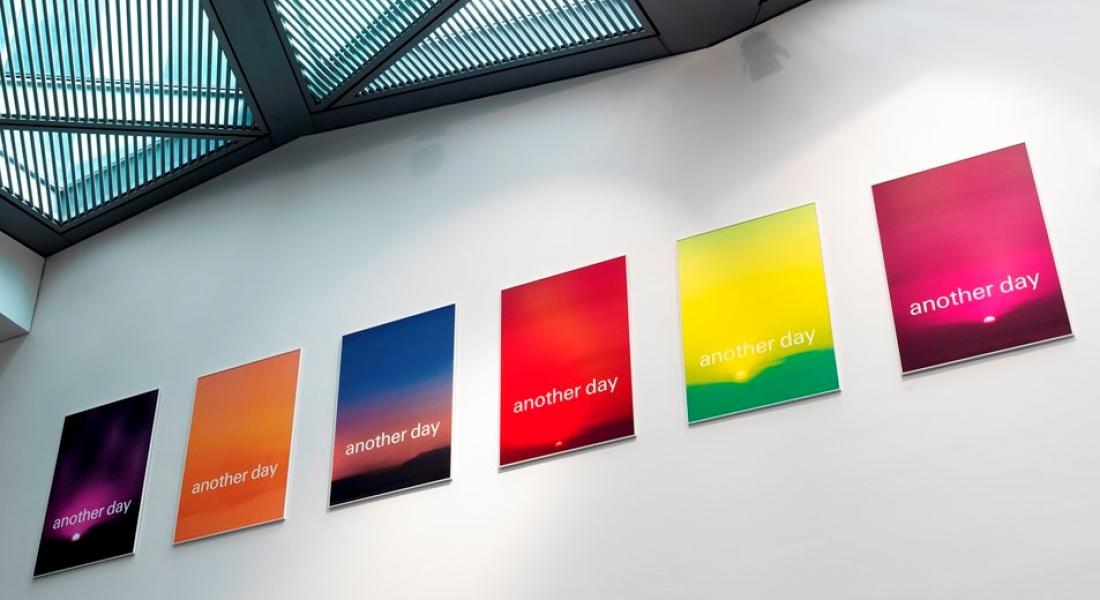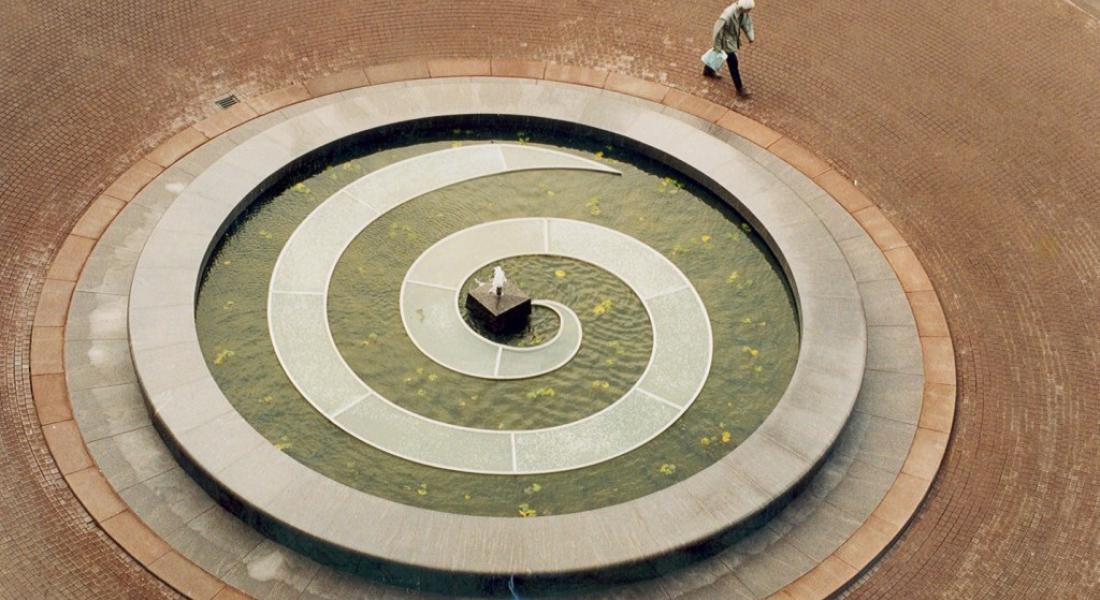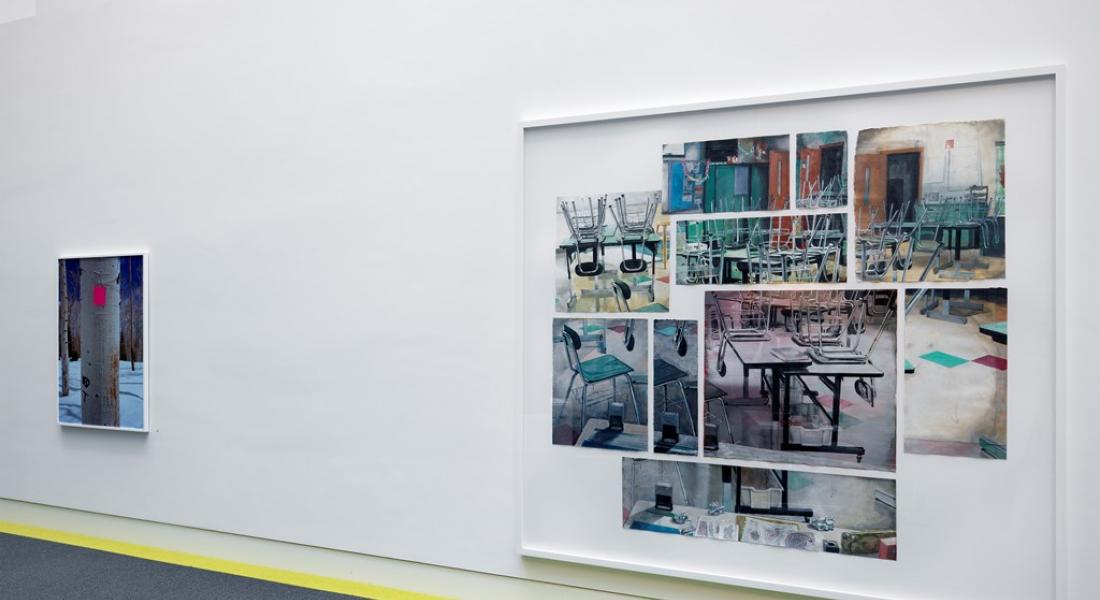The ABN AMRO Art Collection is on display in various corporate buildings of the ABN AMRO Bank, both in the Netherlands and abroad. These offices are open to employees, clients and visitors of the bank. Since October 2021, the collection opened the ABN AMRO Art Space. Here, they share the collection with changing exhibitions, offer a platform for new developments in art and give a platform to young and upcoming talent. The art space is located in the entrance hall of the ABN AMRO headquarter on the Zuidas, the business district of in the south of Amsterdam, and publicly accessible during the office’s opening hours. Besides the changing exhibitions, you will also find international highlight from the Art Collection, including work by Marlene Dumas, Donald Judd, Willem de Kooning and Sol Lewitt.
Art works from the collection are also frequently lend out for exhibitions to national and international museums and other art institutions.
Contact: art-heritage@nl.abnamro.com
https://art-heritageabnamro.nl/kunstcollectie/home-kunstcollectie
Launch year:
1977
Number of artworks:
ca. 5000
Status of collection:
International
Artistic domains and general information about the collection:
ABN AMRO is one of the oldest and largest banks of the Netherlands. Over the course of time, it has amassed a large collection of artworks and historical objects. The works of the collection are presented in offices of the bank in The Netherlands and abroad, and are also made available for exhibitions, loans, research and publications.
The ABN AMRO Art Collection has been a source of inspiration for clients, visitors and employees for decades. It was established almost forty years ago in 1977, making it one of the oldest corporate collections in the Netherlands. The collection has always reflected developments in contemporary art and its acquisition policy primarily focuses on Dutch artists as well as international artists with ties to the Netherlands. Furthermore, in building a broad range of post-war art in the Netherlands, the collection has always paid special attention to young talent. The collection reflects the bank's social engagement. By collecting, caring for and exhibiting contemporary art, irreplaceable works of art are being preserved for future generations.
Commission programme / Site-specific order(s) :
Towards the end of the nineties, a selection of international artists were commissioned to create works of art especially for the new head office of ABN AMRO in Amsterdam. In front of the main entrance is a fountain by Mario Merz. Inside the building, one can find a wall piece by Jan Dibbets and wall paintings by various artists such as Sol Lewitt, Gunther Förg, Michael Craig-Martin and David Tremlett.
In 2003, ABN AMRO initiated an annual incentive award, with the dual aim of fostering young talent and encouraging exchange between artists from diverse cultural backgrounds. The ABN AMRO Art Award for visual artists was originally granted to artists who came from abroad to live or work in the Netherlands: Fahrettin Örenli (2004), Eylem Aladogan (2005), Ryan Gander (2006) and Melissa Gordon (2007).
The award was relaunched in 2015 as a promotional award for talented young Dutch and international artists in the Netherlands. For the past seven editions, the prize has included an exhibition of the winner’s work in Amsterdam’s H’ART Museum (formerly Hermitage Amsterdam). The award has been presented to: Melvin Moti (2015), Marijn van Kreij (2016), Saskia Noor van Imhoff (2017), Helen Verhoeven (2018), Evelyn Taocheng Wang (2020), Neo Matloga (2021) and Mounira Al Solh (2023).
Based on the realisation that gender equality is not a given in the art world and that women are highly underrepresented in many parts of the art world, the Art Award will from the 2024 edition onwards be awarded to female talent. The winner will exhibit her work at Stedelijk Museum Amsterdam and in the ABN AMRO Art Space, along with a publication and a monetary award. Furthermore, work by the laureate is acquired for the ABN AMRO Art Collection. The winner of the 2024 award is Selma Selman and of the 2025 is Ivna Esajas.
About the company
Launch year:
1991
International presence:
international
Number of employees:
22.048
Profile of the company:
For our clients, we are committed to offering the best possible insights and advice as well as easy access to our products, network and services. For our employees, we promise to give them the opportunity to make the most of their potential and to grow and develop. For our investors, we promise to pursue sustainable growth and attractive revenues while maintaining a moderate risk profile. In everything we do, we understand the risks we take. Our pledge is to be socially conscious and to invest in the future. We are acutely aware that we are a cornerstone of the economy. As such, we want to make a significant, transparent contribution to society, one which is primarily, but not solely, financial. This also places demands on our own people and how we treat each other. We know what we stand for and consciously choose to be part of this bank. Our flexibility and desire to be autonomous mean we want to constantly develop. Our job is to bring out the best in ourselves. Only then can we be the best bank for our clients. To meet the changing needs of our clients, we have set the following priorities: to offer clients valuable expertise; to offer them an inspiring and convenient experience; to innovate our offering and grow by using our expertise; and to apply Agile methods, focusing on boosting the efficiency of our internal processes.




